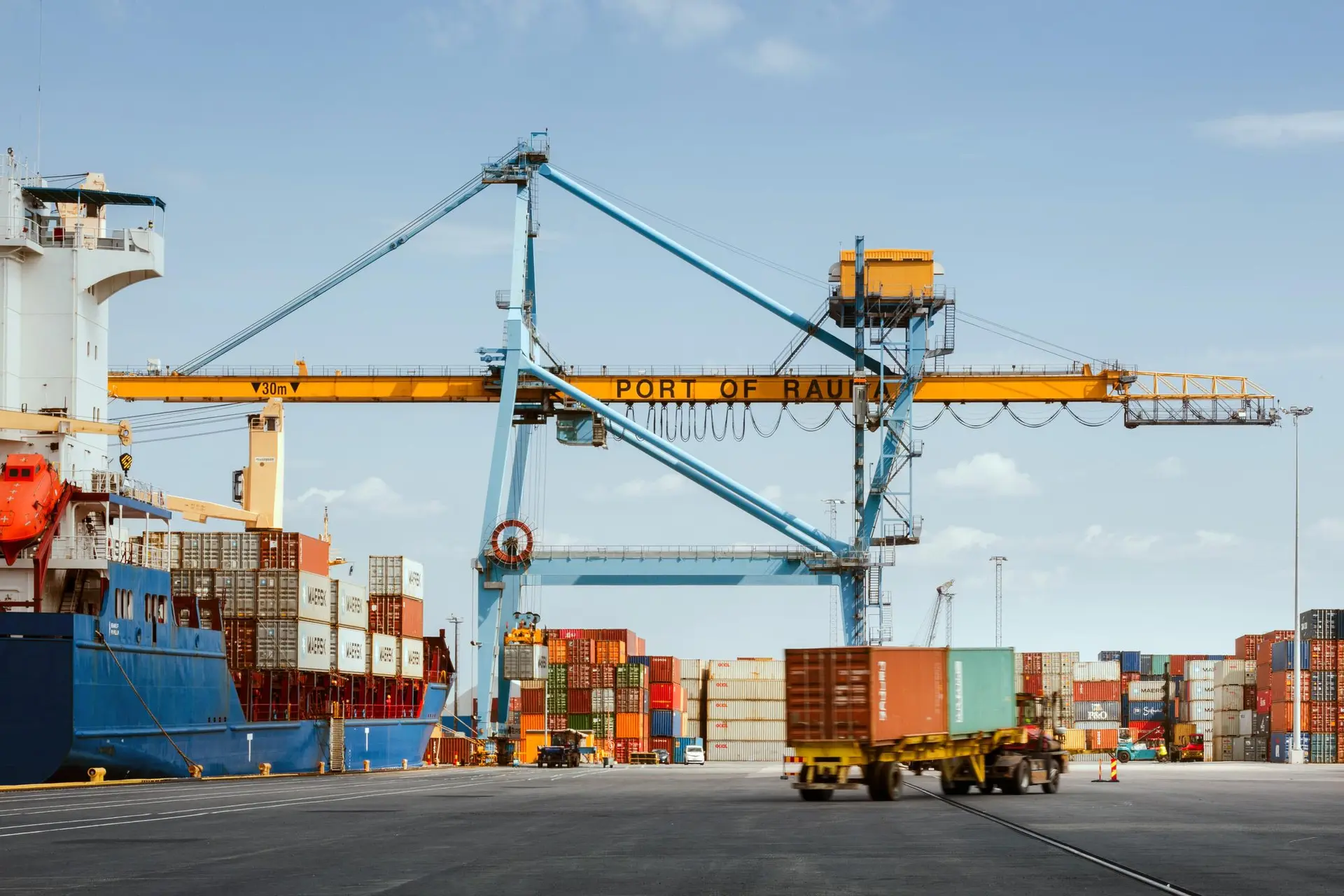
Ports and Marine
Port and marine structure monitoring with wave sensors and corrosion assessment nationwide.
- Port and Marine Structure Monitoring
- Displacement Monitoring
- Vibration Monitoring Services
Request a sector consultation
Align your thresholds, instrumentation, and reporting with our PE-led team. We respond within one business day with tailored deployment options.
Ports and marine facilities represent critical infrastructure supporting national commerce, facing complex structural challenges from heavy cargo operations, vessel movements, marine corrosion, and environmental forces. These facilities combine multiple structure types including container terminals, bulk handling facilities, cruise terminals, and industrial wharves. Operational demands require reliable structural performance while contending with saltwater exposure, tidal forces, seismic activity in coastal zones, and storm surge.
Our monitoring services address the specific concerns of port authorities, terminal operators, and marine facility managers nationwide. We deploy comprehensive sensor networks that detect early signs of structural deterioration, foundation issues, or operational impacts before they affect cargo handling or vessel safety. This proactive approach supports compliance with Coast Guard regulations, port security requirements, and international shipping standards while enabling data-driven decisions about maintenance and expansion projects.
Nationwide deployment ensures consistent monitoring standards across diverse port environments, from container terminals on the West Coast to bulk handling facilities on the Great Lakes. We work with marine engineers and port operations teams to establish alert thresholds that trigger immediate responses to potential structural concerns, minimizing operational disruptions and ensuring continuous cargo operations.
Popular Services in This Sector
Port and Marine Structure Monitoring
Port facilities require specialized monitoring for marine environments including container terminals, bulk handling structures, and vessel berthing facilities. This service addresses corrosion, wave loading, and operational impacts affecting multiple structure types.
Displacement Monitoring
Foundation settlement and operational loading affect terminal structures and cargo handling equipment alignment. Displacement sensors track movement patterns to identify areas needing structural reinforcement before operational issues occur.
Vibration Monitoring Services
Heavy cargo handling equipment and vessel movements create vibration that can affect structural integrity. Vibration monitoring distinguishes between normal operations and potentially damaging events requiring structural attention.
Impact and Collision Assessment
Vessel collisions and cargo handling impacts can damage port structures. Impact monitoring provides immediate assessment of structural damage for safety evaluations and operational decisions.
Strain Monitoring
Terminal structures experience stress from cargo loads, equipment operations, and environmental forces. Strain monitoring identifies fatigue points that could lead to structural failures requiring maintenance or reinforcement.
Long Term Monitoring and Alerts
Port facilities require continuous oversight spanning decades to track corrosion rates and deterioration trends. Long-term monitoring programs provide trend analysis and automated alerts for gradual changes affecting operational reliability.
Frequently Asked Questions
What structural challenges do port facilities face nationwide?
Ports face heavy cargo loads, vessel impacts, marine corrosion, and environmental forces across U.S. coastal and Great Lakes locations. We provide monitoring that addresses operational impacts and structural integrity concerns nationwide.
How does monitoring support port operations without disrupting cargo handling?
We use wireless sensors and remote monitoring to minimize operational impact. Our systems nationwide operate continuously during cargo operations, providing real-time data without affecting terminal activities.
What role does corrosion monitoring play in port facilities?
Marine environments accelerate corrosion of structural elements. Our monitoring detects corrosion rates and identifies areas needing cathodic protection or coating maintenance before structural integrity is compromised nationwide.
How do vessel movements affect port structure monitoring?
Berthing vessels and cargo handling create dynamic loads on terminal structures. Our monitoring tracks structural response to operational impacts and provides alerts for conditions requiring attention nationwide.
Example of Our Capabilities
Sector Type
Ports and Marine
Situation
A container terminal in California needs monitoring for structural integrity during expansion operations
Our Approach
Install displacement sensors on terminal foundations, strain gauges on cargo handling structures, and vibration monitors for equipment impacts
Expected Outcome
Real-time structural health dashboard showing settlement, stress levels, and vibration patterns with alerts for maintenance needs
